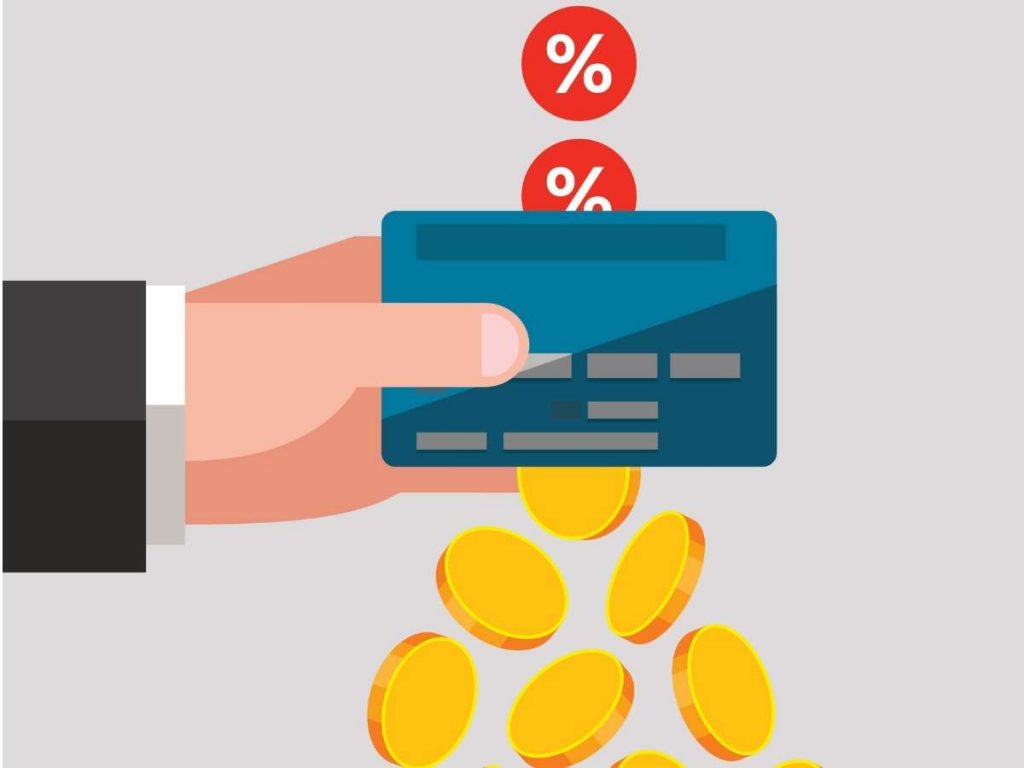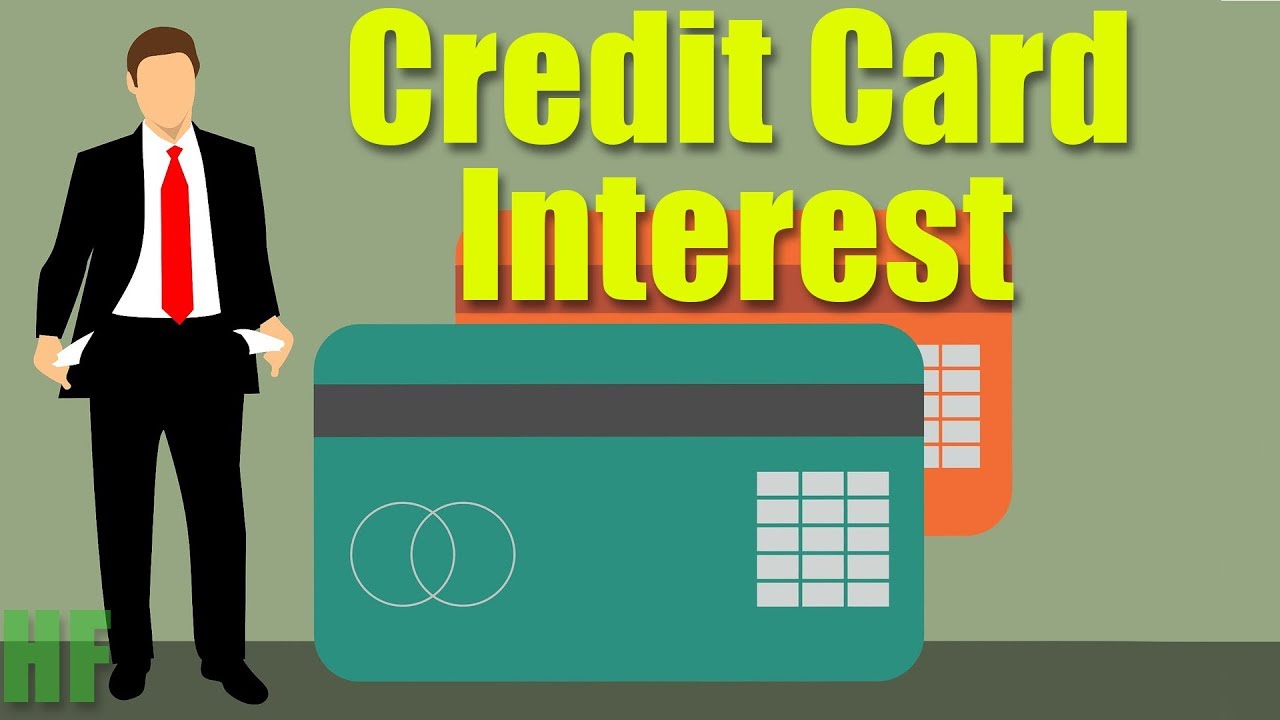These days, everyone has a credit card. It is difficult to imagine life without them but as much as they are a blessing for some, they can also be a curse. The convenience of being able to purchase something today and pay for it later is invaluable for some but many do not understand credit card interest.
Because very few read the fine print and take the time to understand how credit card interest works, credit card debt skyrocketed in 2020. As much as $121 billion was paid in interest in the US in 2019. The average interest reported by the Federal Reserve for credit cards reached 16.61%.
Credit card interest can vary from one bank to another and it can get as high as 30%. It is usually expressed as APR or annual percentage rate. That is the rate at which the consumer borrows money through the credit card. Usually, if you would take a personal loan for the same amount, you would be paying much lower interest. What is important to know is that the interest is calculated only on the amount of money you owe at the end of the month. For example, if you buy something today using a credit card and pay the debt by the end of the month, you would not pay any interest on that purchase.

To incentivize spending, credit card issuers usually offer various perks such as cashback or points on each purchase with the credit card. This incentive is meant for people to use the credit card but without paying off the debt by the end of the month thus they would be charged interest on the outstanding borrowed amount.
Lastly, you need to keep in mind that the interest rate for credit cards can go up. Only some credit cards have a variable interest which can change with the prime rate which is set based on the federal funds rate imposed by the Fed.
